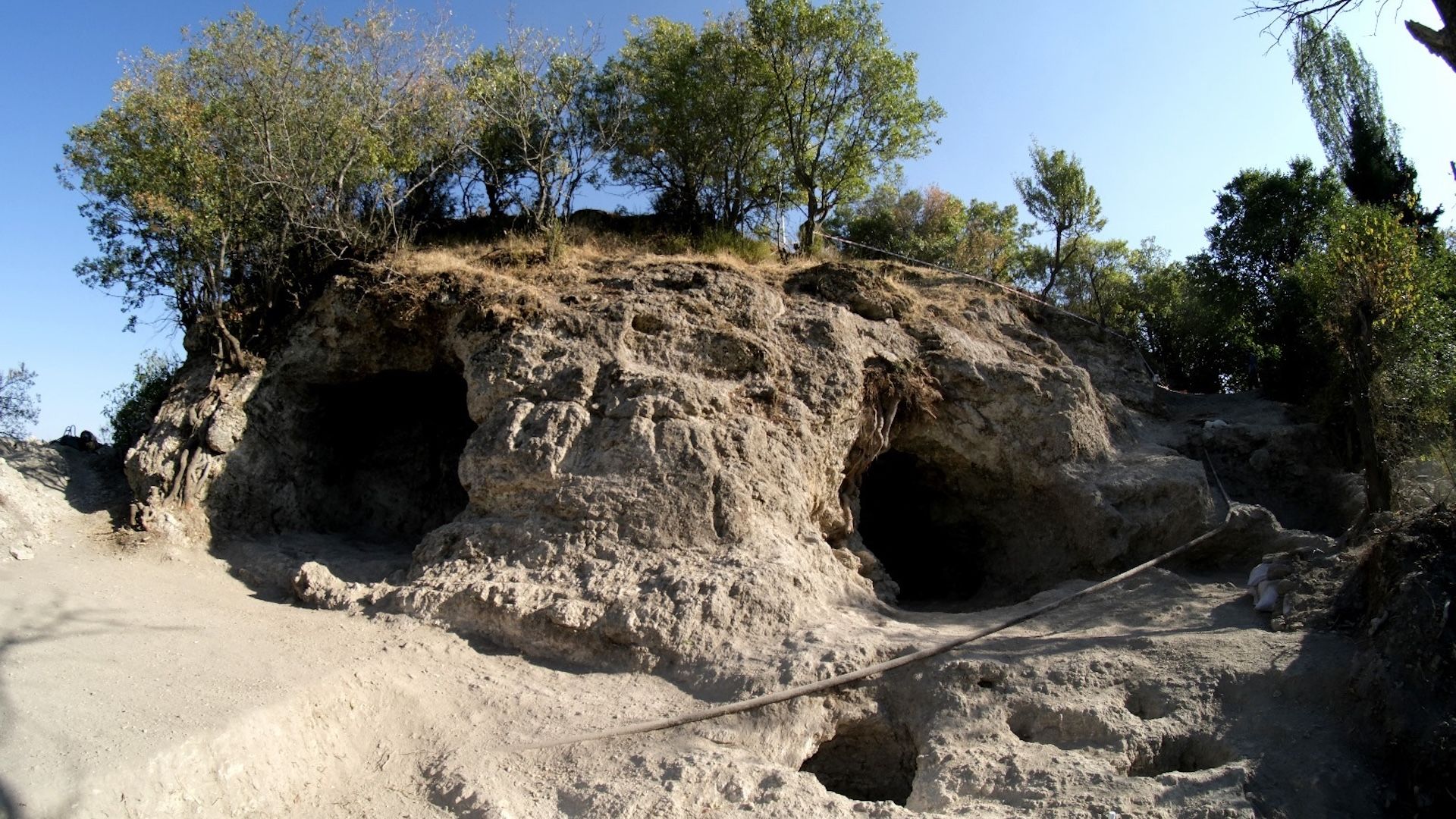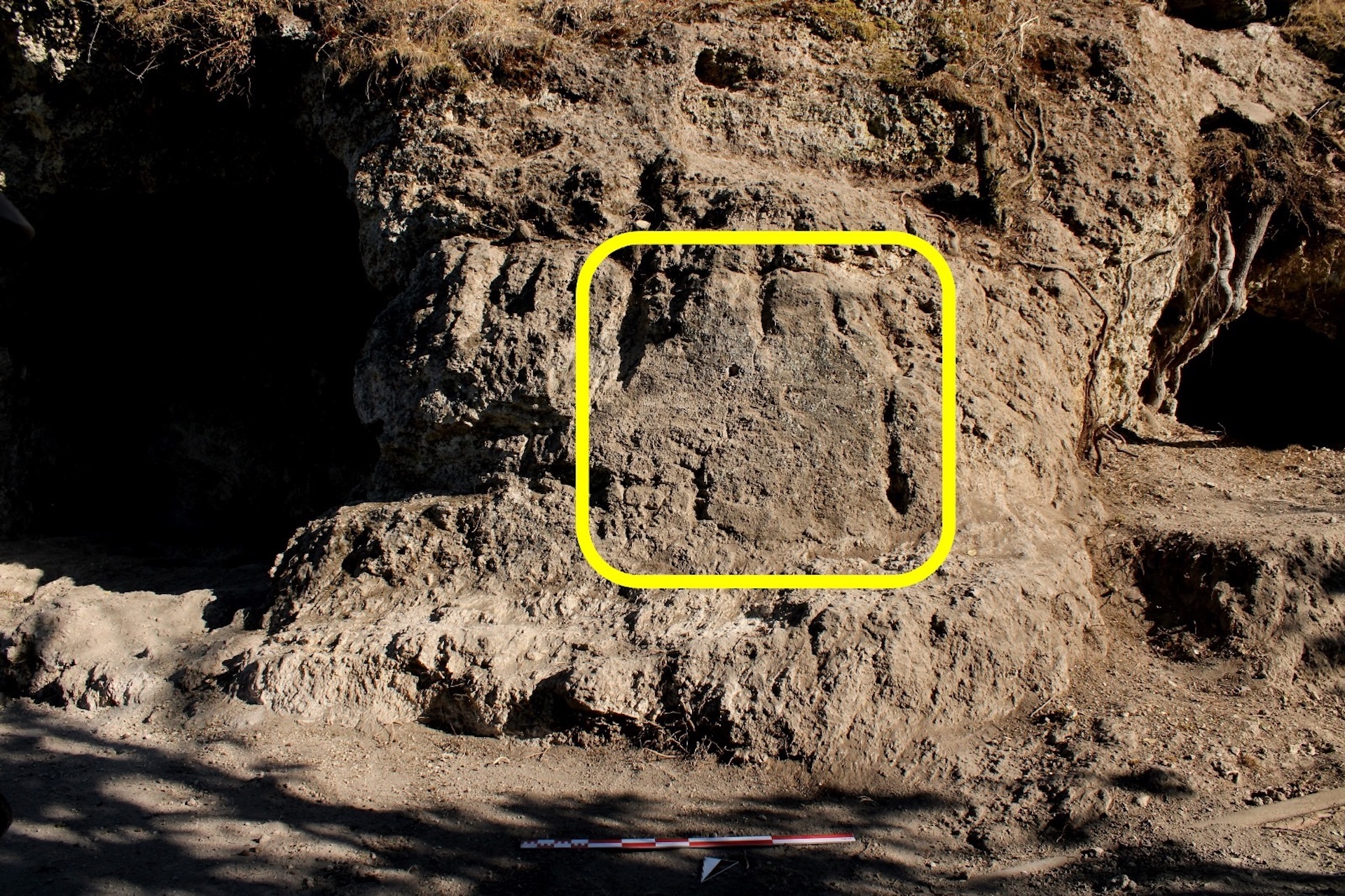Archaeologists have discovered a 2,700-year-old temple in Turkey that may have been dedicated to a mother goddess.
Found near the modern-day city of Denizli, the temple was built by the Phrygians, who had a kingdom in the area between roughly 1200 and 650 B.C. A prominent deity of the Phrygians was a goddess who may have been associated with fertility and nature. She was known by several names, including “Materan,” “Matar” and “Cybele.” Other cultures, such as the ancient Greeks and the Romans, also worshipped her, and her cult continued to flourish long after the Phrygian kingdom — known as Phrygia and whose most famous ruler is likely King Midas — came to an end.
“The sacred site includes a Phrygian rock monument, a sacred cave, and twin rock idols between [two] structures,” Bilge Yılmaz Kolancı, an archaeology professor at Pamukkale Üniversity who is one of the excavation leaders, told Live Science in an email.
Pictures show that the rock idols are carved into the rock face itself. The site also contains “numerous libation bowls and drainage channels,” Kolancı said. Libations, which involved the pouring of liquids, were often used in ancient rituals. The research is ongoing, and the team can’t release much more information right now, Kolancı said. However, she confirmed news reports that the site dates to between roughly 2,800 and 2,600 years ago and may be linked to the mother goddess.
“From the pictures, the site does seem to be consistent with other Phrygian sanctuaries that we know about,” said Lynn Roller, a professor emeritus of ancient Mediterranean art at the University of California, Davis who is not involved with the excavation. The “double idols carved into the rock are very worn, so I can’t make out any details. But even in their current state, they are reminiscent of pairs of idols found at Midas City and other Phrygian sites,” Roller told Live Science in an email.
Roller said she would need to examine artifacts from the site to confirm the date. “It does seem, though, that the sanctuary would have been used during the main period of Phrygian culture and power, i.e. the 8th through 6th centuries [B.C.],” she said, adding that “the location, in a mountainous area, is typical of early Phrygian shrines.”
However, Roller noted that “the attribution to a fertility and harvest cult strikes me as rather speculative — we really don’t have any good information on what rites were celebrated for the Phrygian goddess Matar — Mother — nor exactly what the deity meant to her worshippers.”
This type of temple isn’t unique to this region, according to Roller.
“It is actually not so surprising to find a Phrygian shrine like this in the region near Denizli,” Roller said. “Denizli is fairly close to ancient Hierapolis — modern Pamukkale — and the Italian Archaeological Mission that has been working in Hierapolis for many years has discovered an early Phrygian shrine within the ancient city,” Roller said.
Research at the newly found temple is ongoing, and the team’s findings will be published in the future, Kolancı said.

